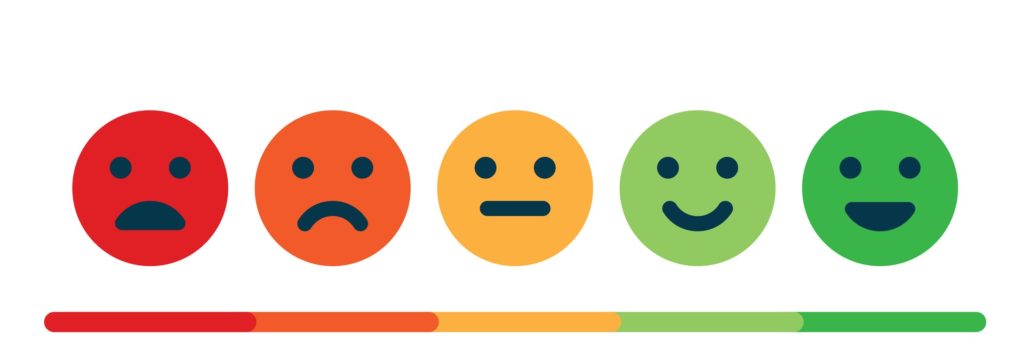Dream Session
Paper No. OCCG-21
Benton Baugh, Deacon, Memorial Church of Christ, Houston
Download the PDF version HERE
EXECUTIVE SUMMARY
This paper is an attempt to take exactly the same questions as were on the Mystery Guest Survey, and make them more user friendly and useful to your congregation.
KEY WORDS
Congregation
Survey
Groups
Great Commission

REPORT
In the paper titled “OCCG-015 Mystery Guest Program” which is posted on the occginstitute.org website a form for congregation visitors is provided. It gives an anonymous way for those visiting a different congregation to give a friendliness assessment of your congregation.
The premise behind this paper is that the results would indicate that we are not very objective about how potential prospects see our facility. Many good prospects may not be knowledgeable to know the scriptural nuances of different groups who go by the title of “Christian”, and may be influenced by minor factors before you get a chance to explain them.
In an example case, a potential prospect can drive down the street towards a church of Christ and a denominational congregation across the street. The denominational congregation has a well-trimmed yard and looks tidy in general. The church of Christ has tall grass and the building looks tired. The prospect chooses the denominational facility and begins attending there. Possibly a silly example, but it happens. That decision ultimately can impact the salvation of that prospect. That would make the appearance of your facility a salvation issue. Mowing your grass is not going to save anyone, but we should not want any artificial handicaps.
We know of one congregation which had an obviously broken trash can lid in the men’s restroom for several years. All the members were accustomed to it and just ignored it. One can only think what a visitor thought.
That being said, if your congregation receives a Mystery Guest survey, it can be like a free independent church growth analysis. It would be appropriate to pay attention to it.
This paper is an attempt to take exactly the same questions as were on the Mystery Guest Survey, and make them more user friendly and useful to your congregation. They are repeated as the last 2 pages in this paper, with one slight change. There are two sets of answers. The first set is called 1st and the second is called 2nd.
It is easy enough to fill the answers out, but this paper has a better goal. Have a Dream Session.
The Dream Session is to get your entire congregation together and pass the forms out to everyone. Ask everyone to fill out the first column. Most of the answers are bite size and people will know them, but many will not know all of them.
Then ask them to divide up into 9 groups as the questions are in 9 groups. It would be good to have group leaders already signed up, knowing among other things how much budget flexibility they have (if any) and operating requirements.
Obviously if you have a small or very large congregation, adjustments will need to be made on the groups.
The question for the groups is if there are facility problems which can negatively impact evangelism in their chosen area, what can they do which is:
- Scriptural,
- In budget, or
- They will pay for themselves
Collect some of the papers scored in the first column and while the next session is going on. Have someone to add up a representative number of the papers and get an average total and give the papers back.
After the individual groups look at their section of the questions, ask them to put scores in the second column for their section.
When the groups look at the questions and a representative reports back to the whole group on what they will do. The answers have frequently changed to all 5s. Have someone adding all the reported second columns to a copy of the questions and quickly add up the total. Then divide the new score by the first average to compute an improvement percentage for your Dream Session.
What you have done is:
- Effectively received a consultant’s review of your facility for free,
- Identified items in your facility which can be upgraded to help evangelism,
- Received commitments to get them fixed,
- Stayed in budget,
- Promoted member involvement, and
- Reported back to the group how much improvement can be made if they work together.
All these are good things. The congregation and Great Commission evangelism have received something good at no cost.
CONCLUSION
Half the goal of this is to get good things done in your congregation. Members willing to do work will often find out what they can do. The other half is to remind everyone from top to bottom what can be done if we work together. Many church problems can be the subject of getting together and openly discussing the problem. Solutions can sometimes become obvious.
***Survey is available in the PDF version at the top of this page

